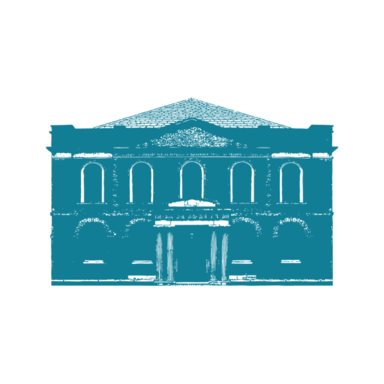
What is Methodism?
Methodism began as a renewal movement within the Church of England. It’s beginnings are associated with the work of John and Charles Wesley, both of them Anglican clergymen who were so diligent and methodical in their religious life whilst students at Oxford University, that people called them mockingly ‘Methodists’.
Both men were soundly converted in May 1738 and soon they established themselves in the Foundery, a ruined ordnance factory on the edge of the City of London. John Wesley, at the instigation of his friend George Whitfield, had begun speaking in the open air. This brother was soon putting Methodist theology and spirituality into the form of hymns. Methodism was in the process of being born.
The simple and accessible way in which the Wesleys and their followers preached and exemplified the Christian life attracted thousands of followers. The doctrine which was preached from the pulpit and sung lustily by those early congregations centred upon the universality of God’s grace and the need for all believers to grow in love towards that perfection which is God’s goal for all people. This teaching was accompanied by practical action too – healthcare, micro finance, a ragged school, prison visiting, and literacy.
When the Foundery lease ran out, the building we now know as Wesley’s Chapel was constructed and opened in 1778. By then, there were Methodist meeting houses across the whole of the United Kingdom.
Charles Wesley died in 1788, his brother John three years later. By the end of the following century, Methodism was a major force on the British social and religious scene as well as having a global presence of some consequence.
close ←

Wesley's Chapel
Wesley’s Chapel was built in 1778 by John Wesley, the founder of Methodism. It was designed by the architect George Dance the Younger, the surveyor of the City of London. Wesley described his chapel as “perfectly neat but not fine” and it is a fine example of Georgian architecture. It was the first Methodist preaching house to allow for the celebration of Holy Communion.
In 1891 the chapel was transformed to commemorate the centenary of Wesley’s death. Jasper pillars were donated from Methodist churches around the world to replace the original ships’ masts donated by George III. Oak pews were also added and the stained glass too.
On November 1st 1978, after a five-year closure due to a serious structural problem, and exactly 200 years after Wesley opened the Chapel, the buildings were reopened in grand style in the presence of Her Majesty Queen Elizabeth II and the Duke of Edinburgh.
In 1989 Wesley’s Chapel and the nearby Leysian Mission joined together. Today the chapel is a thriving place, serving a membership of hundreds of people drawn from every continent of the globe. It has an active programme of community outreach work and receives thousands of pilgrims and visitors who come each year to visit the Mother Church of World Methodism.
Wesley’s Chapel works in a covenant relationship with the parish church of St. Giles, Cripplegate, and in the closest of relationships with local Roman Catholic, Welsh Presbyterian, and Quaker congregations. John Wesley famously said that he considered the whole world to be his parish. Nowadays, the whole world seems to live in his parish and many of them worship at the Chapel which bears his name.
close ←

Leysian Mission
The Leysian Mission takes its name from The Leys School in Cambridge. This school was opened in 1875 and was intended to be “the Methodist Eton”. Non-Anglican students had only recently been allowed to study at Oxford and Cambridge.
The Mission was started in 1886 by former pupils of The Leys School who were concerned about the social and housing conditions in the East End of London. Its first premises were in nearby Whitecross Street but in 1912 The Mission moved into grand purpose-built premises in Old Street (just round the corner from Wesley’s Chapel). It had vibrant evangelical and social ministries and encouraged alumni from the Cambridge school to give time to programmes that reached out to the poor. In the early days, there was a medical mission, a “poor man’s lawyer”, a relief committee, feeding programmes, meetings for men and women, and a range of services and musical activities.
The ravages of World War II and the post war Welfare State saw a change in circumstances that led, eventually, to a disposing of the buildings and a successful merger with Wesley\’s Chapel in 1989.
Links with The Leys School remain very strong. A number of children from the congregation in London have studied with full scholarships at The Leys. A programme of special events ensure that the Leysian Mission continues to flourish in its new setting.
close ←

Contact us
Ministerial Team
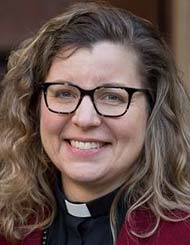
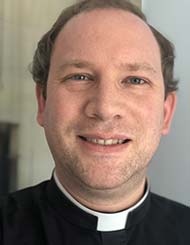
Lay Workers


Heritage & Learning

Safeguarding
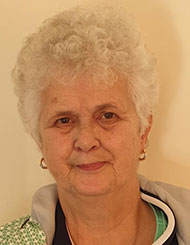
Music
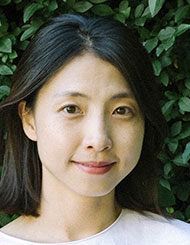

Local Preacher
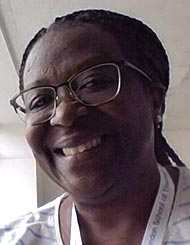
Administration
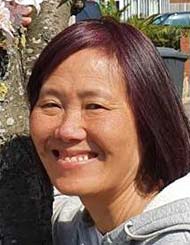
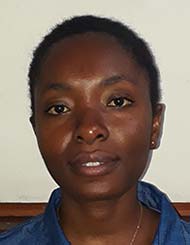
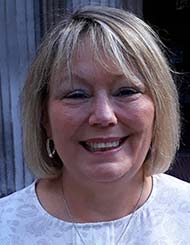
close ←

